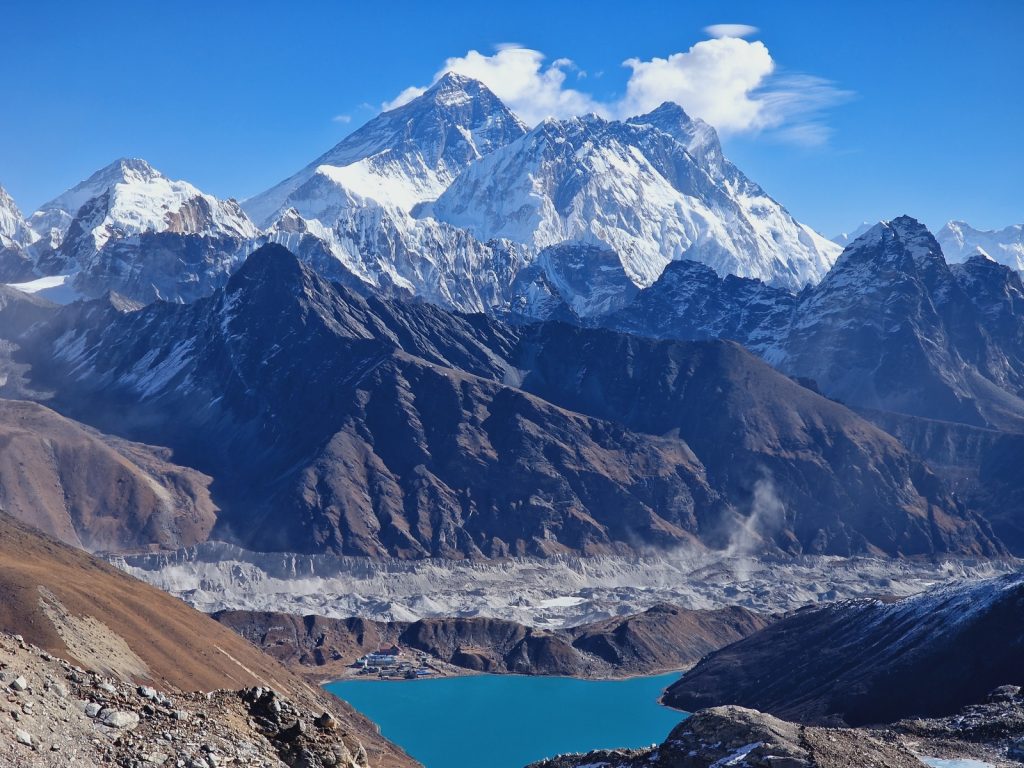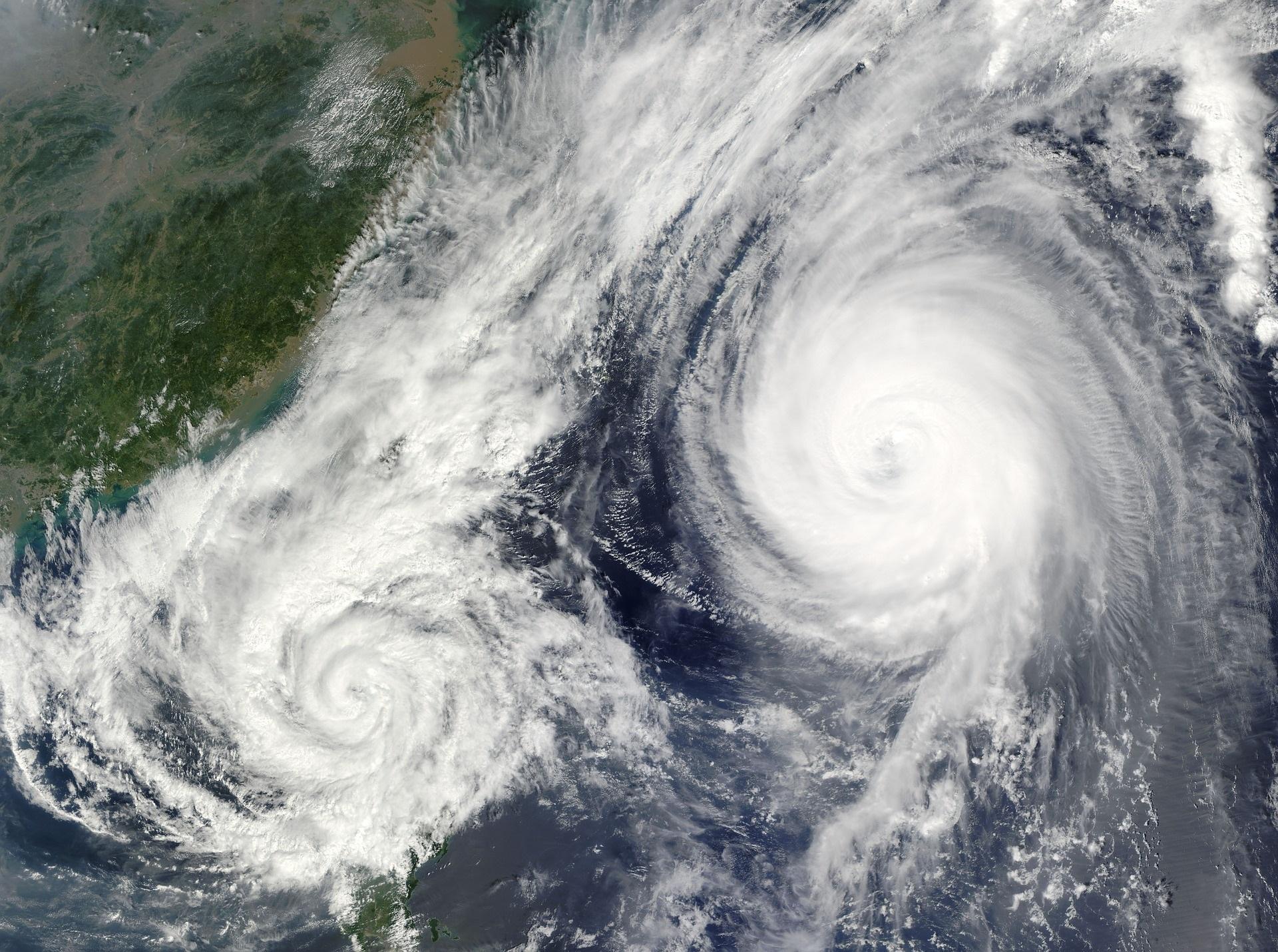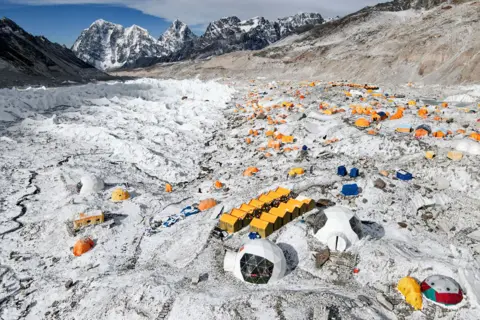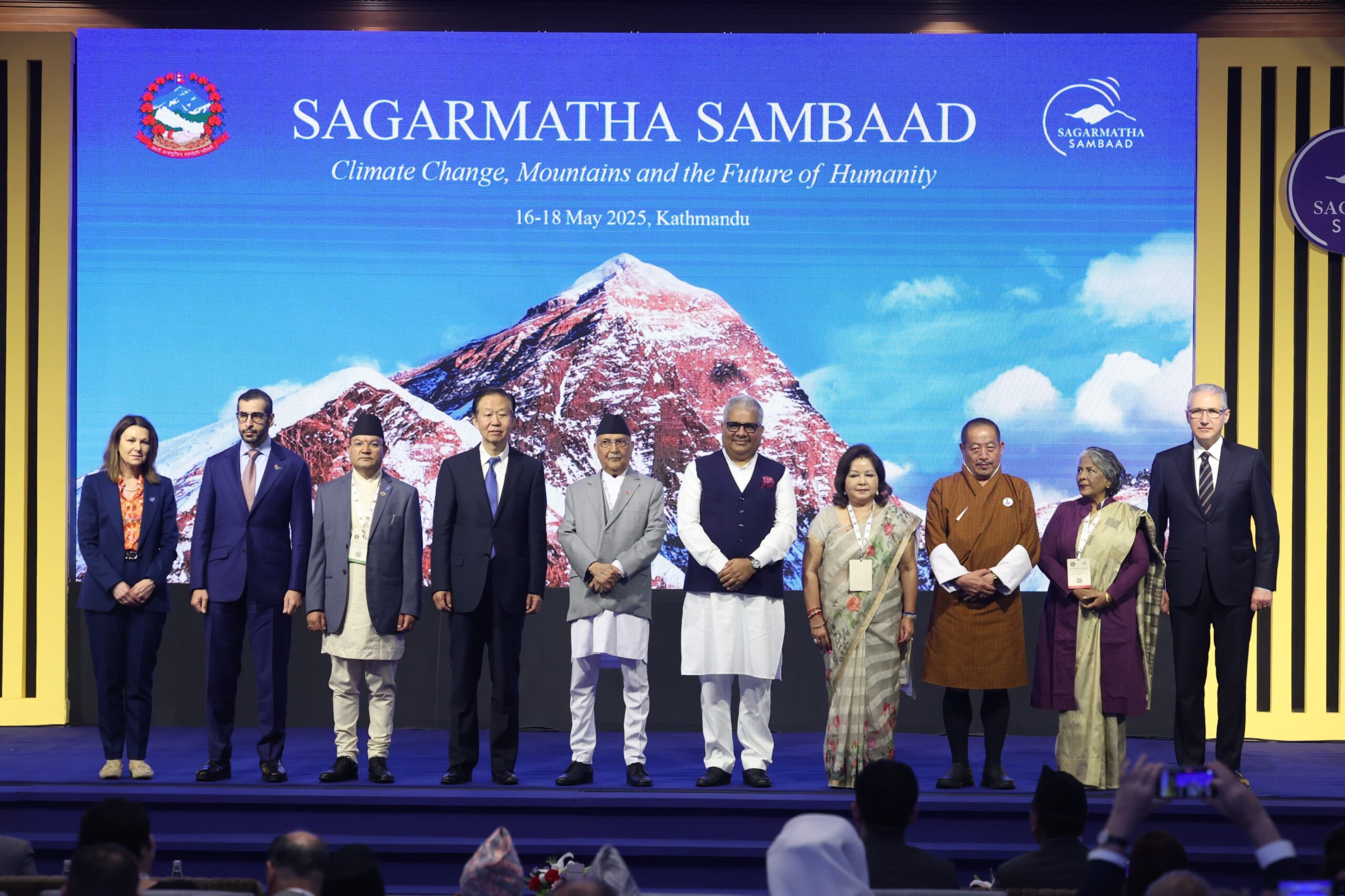Vanishing Peaks: How Haze Is Obscuring Nepal’s Iconic Himalayas and Threatening Tourism
For those who have grown up in Nepal, the sight of the majestic Himalayas rising above Kathmandu is more than just a view—it’s a symbol of national pride, cultural identity, and natural beauty. Yet today, many residents and visitors alike are struggling to catch even a faint glimpse of these towering peaks. Thick haze, caused by worsening air pollution and changing climate patterns, is steadily shrouding the mountains in an opaque veil, raising concerns not only about the environment but also about Nepal’s crucial tourism industry.
From Crystal Clear to Clouded Skies
Traditionally, Nepal’s spring and autumn months, particularly March to May and October to November, offered some of the clearest skies and best visibility of the Himalayas. These seasons attracted tourists and trekkers eager to witness breathtaking panoramic views of peaks like Everest and Annapurna. But the situation has dramatically changed in recent years.
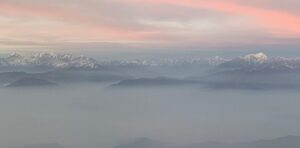
In Kathmandu, Nagarkot, and even in renowned trekking regions like Annapurna, a persistent haze dominates the skies. The haze, a mix of dust, smoke, vehicle emissions, and industrial pollutants, combined with soot from widespread forest fires and crop residue burning across South Asia, has become a year-round phenomenon that severely reduces visibility.
During a recent visit to Kathmandu, many were disappointed by the absence of the usually spectacular mountain views. Even from Nagarkot—once famous for its clear, majestic views of the Himalayas—only a dull haze was visible, prompting longtime hotel operator Yogendra Shakya to shift his business focus away from mountain views towards promoting local culture and history.
Tourism Industry in Crisis
The impact of the haze on Nepal’s tourism industry is alarming. Trekking guides and operators report significant drops in business. Trekking pioneer Lucky Chhetri notes a 40% decrease in clientele, with some groups even demanding compensation after failing to see the mountains they traveled for.
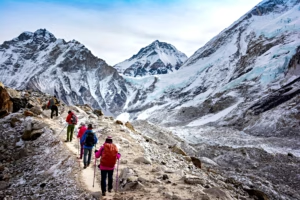
Krishna Acharya, chair of the Trekking Agents Association in Gandaki Province, describes the industry’s outlook as bleak, with many operators considering abandoning their profession due to persistent low visibility.
Australian visitor John Carrol, a frequent traveler to Nepal since 1986, calls the loss of mountain views a “major let-down,” lamenting that the haze was unheard of a decade ago.
A Regional and Climatic Challenge
This environmental challenge transcends Nepal’s borders. In Uttarakhand, India, tourism leaders observe similar patterns, with haze hanging for longer periods due to infrequent rain and prolonged dry spells. Pakistan’s western Himalayas also face worsening visibility as urban pollution spreads further.
Scientists warn that climate change is intensifying the problem by lengthening dry seasons and increasing the frequency and severity of forest fires. The stagnant weather conditions trap pollutants close to the ground, preventing dispersion and allowing haze to persist.
In Pokhara, a major tourism hub, hazy days soared from 23 in 2020 to 168 in 2024, according to Nepal’s Department of Hydrology and Meteorology.
Health and Environmental Impacts
Beyond tourism, the haze poses serious health risks. High levels of air pollution are linked to respiratory illnesses, travel disruptions, and even school closures in South Asia’s cities. Key contributors include emissions from vehicles and industries, dust from construction, open waste burning, and agricultural fires.
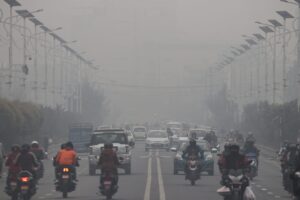
Experts like Dr. Someshwor Das of the South Asia Meteorological Association emphasize that worsening haze and dust storms are projected to increase due to ongoing climate change.
Urgent Call for Action
The disappearing views of the Himalayas symbolize a broader environmental crisis. Protecting these iconic mountains requires urgent regional cooperation to reduce pollution, manage forest fires, and implement sustainable land use practices. Climate adaptation strategies and more frequent monitoring are vital to safeguard Nepal’s environment, public health, and economy.
For Nepal, where the mountains are intertwined with culture, spirituality, and livelihood, the haze is more than an atmospheric nuisance—it is a threat to the very soul of the nation.


